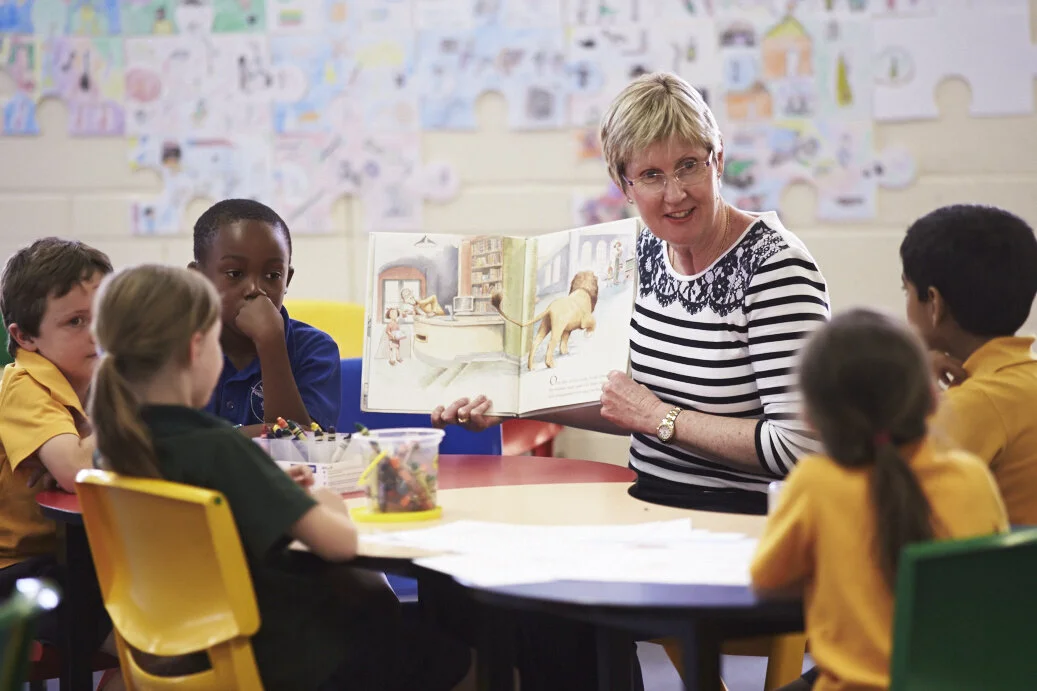Trailblazing Inclusive Work Practices
For the past 27 years, John Wollaston Anglican Community School has provided affordable, high-quality, inclusive education for Pre-Kindergarten to Year 12 students. Upon running their first employee engagement survey with Voice Project, the Western Australia day school demonstrated exceptional diversity scores, with staff commending its “inclusive culture” and “inclusivity of all students.”
Anne Ford, Principal of John Wollaston for the last 15 years, explained that the School’s success in managing diversity is largely attributed to upholding diversity as a key value and fostering an inclusive environment amongst staff and students. More specifically, and consistent with best practices, the School’s exemplary level of diversity and inclusion management have developed through:
Strong leadership commitment to providing an inclusive learning environment
Building values and a culture that celebrate diversity
Ensuring inclusion remains a strategic imperative
Involving, training, and celebrating staff diversity
Tracking and reporting diversity indicators
Diversity and Inclusivity Practices
Leadership Commitment
As a leader, Anne is committed to providing an inclusive learning environment in which students have the opportunity to explore their talents and creativity, strive for personal excellence, and develop as caring young people who seek to make a difference. Her approach to nurturing diversity in the School is “more about a mindset.” She has adopted a positive education perspective, which operates under the premise that unless students feel safe and secure in their environment, they will not learn or their learning will be compromised. And that is similar for staff; unless they feel supported and valued within the workplace, their performance and productivity will suffer.
Senior executives and management set the tone for the organisation by communicating their commitment to diversity and modelling inclusive norms. With individuals at the top leading the effort to establish fair processes, inclusive behaviours are more likely to become embedded into the organisation’s culture and systems. In turn, leaders should be held accountable for setting and achieving diversity-related goals (e.g., by linking their performance assessment to the progress of diversity initiatives and achievement of diversity targets).
Inclusive Culture and Values
To become more inclusive and manage diversity effectively, Anne recommends
“Follow your vision; get good people around you who share your vision. Work with staff, be very overt about what you believe in and have a whole organisation approach so that staff are hearing a common message. Repeat that message regularly throughout the year. Our philosophy is very much immersion… it’s so much part and parcel of who we are and what we do, it’s almost moved beyond a strategy - it’s just us - we celebrate our diversity.”
Clearly define, communicate, and demonstrate inclusive values and beliefs that will set the norms within the organisation’s culture. Diversity work must be woven into the fabric of the organisation, such that it becomes the responsibility of everyone, not just managers and leaders.
Comprehensive Inclusivity and Diversity Strategy
Anne appointed a Head of Inclusive Education, who serves as a resource to ensure inclusion remains a strategic imperative, is integrated with business objectives, and embedded into organisational mechanisms. She remains mindful throughout the recruitment process of candidates’ unique potential to contribute to the diversity of the School. This has led to the proactive employment of staff with disabilities, and the provision of flexible options to enable older staff to remain in the workforce.
It is advisable to ensure selection, performance management, compensation and benefits, rewards and recognition, career development, succession planning, and other policies are unbiased, fair, and supportive of diversity. An effective diversity plan should include clear goals, accountabilities, and supporting mechanisms.
Involving and Training Staff
Anne notes, “we have staff inductions and talk about some of the key things that are part of being in this School… about how to treat colleagues, not just the students.” Therefore, “people, right from the beginning, have this sense that they will be accommodated and welcomed for who they are.”
Seminars and workshops may increase awareness of what it means to value diversity and help employees understand the need for inclusive work practices. Team building efforts that encourage group members to share information about their unique backgrounds, skills and experiences help employees develop a deeper understanding of one another and the resources available to them. Training aimed at improving behaviour and skills has been found to produce positive outcomes such as reduced bias and increased cultural competence.
Tracking Diversity Indicators
Anne was keen to get feedback in their staff survey about the extent to which staff felt they were included, respected, affirmed, treated fairly, and given equal opportunities. The school can track this diversity metric over time to evaluate initiatives and compare to industry benchmarks.
Other examples of diversity indicators include complaint ratios, retention rates, and workforce demographics. It is recommended that cultural audits, employee surveys, and focus groups be leveraged to identify strategic imperatives and gather information about aspects of diversity that warrant further development.
These strategies have enabled John Wollaston Anglican Community School to successfully cultivate an inclusive environment, in which employees are fully present and free to draw upon an array of personal assets to contribute to the School’s goals.



